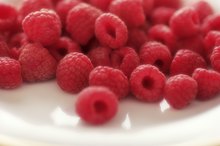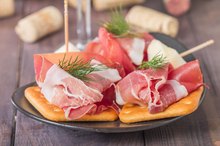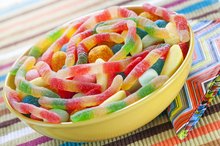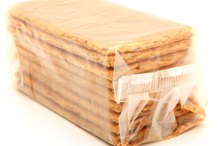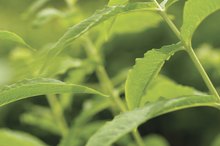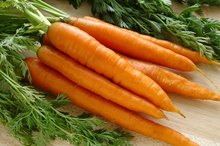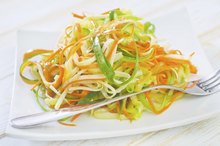How Many Calories in Carrot Sticks?
Choose carrot sticks instead of chips or crackers for a snack. Carrot sticks are a healthy, low-calorie food. They're a good source of dietary fiber, vitamin A, vitamin K and manganese.
Nutrition
A serving of seven carrot sticks has 35 calories, according to the CalorieKing website. This snack contains no fat or cholesterol. A serving contains 60 mg of sodium, 8 g of carbohydrate, 1 g of protein and 20 mg of calcium.
Benefits
The Glycemic Index for Raspberries
Learn More
Carrots are pro-vitamin A carotenes, which may act as antioxidants, according to the National Institutes of Health. Vitamin A is important for immune system function, vision, bone growth, reproduction, cell division and cell differentiation, according to NIH.
Tips
Dip your carrot sticks in hummus to get filling fiber. The McKinley Health Center of the University of Illinois at Urbana-Champaign recommends having a snack of 20 medium baby carrots with one-half cup of 1 percent fat cottage cheese and two tablespoons of fat-free ranch dressing. Substitute carrot sticks for baby carrots.
Related Articles
References
Writer Bio
Erin Beck began writing professionally in 2008 as an opinion columnist for the West Virginia University student newspaper, "The Daily Athenaeum." She has worked in health promotion at the university and as a communications intern at the National Alliance on Mental Illness. She has a Bachelor of Science in journalism and a Master of Public Health, both from West Virginia University.
